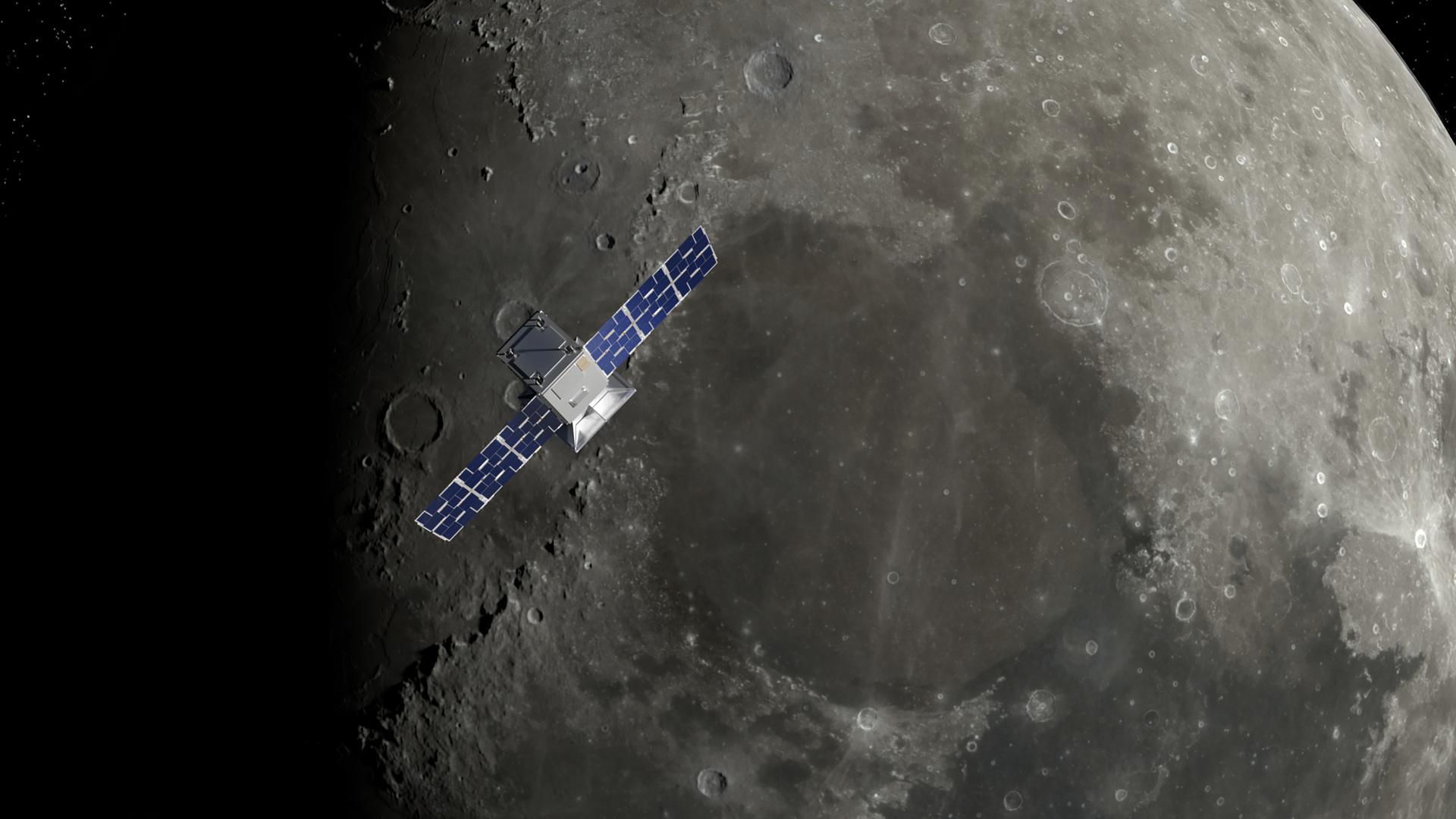Nasa re-establishes contact with Capstone lunar spacecraft after communication mysteriously cuts off for hours
After around a day without a sound, Nasa has raised its Capstone spacecraft over the radio again

Your support helps us to tell the story
From reproductive rights to climate change to Big Tech, The Independent is on the ground when the story is developing. Whether it's investigating the financials of Elon Musk's pro-Trump PAC or producing our latest documentary, 'The A Word', which shines a light on the American women fighting for reproductive rights, we know how important it is to parse out the facts from the messaging.
At such a critical moment in US history, we need reporters on the ground. Your donation allows us to keep sending journalists to speak to both sides of the story.
The Independent is trusted by Americans across the entire political spectrum. And unlike many other quality news outlets, we choose not to lock Americans out of our reporting and analysis with paywalls. We believe quality journalism should be available to everyone, paid for by those who can afford it.
Your support makes all the difference.Nasa re-established communications with its Capstone spacecraft Wednesday morning, a day after the space agency abruptly lost contact with the recently launched small satellite on Tuesday.
Nasa announced it had regained contact with Capstone in a brief blog post at 11.30am EDT, but promised more details to come later on.
“Mission operators have re-established contact with NASA’s Cislunar Autonomous Positioning System Technology Operations and Navigation Experiment (Capstone) spacecraft,” the statement read.
Capstone launched from New Zealand on 28 June, and was deployed from its rocket’s upper stage on 4 July, at which point everything looked like smooth sailing for the 55-pound, microwave sized spacecraft. Capstone is scheduled to take a slow, but efficient route to enter orbit around the Moon in mid-November.
“Following Capstone’s initial deployment on July 4, the spacecraft successfully deployed solar arrays, was stabilized, and began charging its onboard battery,” a Nasa blog posted late Tuesday explained. “Capstone’s propulsion system was also readied for the spacecraft’s first maneuver.”
But after Capstone made initial contact with a Deep Space Network station in Spain, it made only partial contact with a station in California before going offline Tuesday, the Nasa blog explained. The Deep Space Network is an array of large radio antennas around the blog that Nasa uses to communicate with spacecraft beyond Earth’s orbit.
Capstone had been scheduled to conduct a course correction maneuver on Tuesday setting the small spacecraft up for its unusual route to the Moon, a trajectory that will initially take it three times further than the Moon’s orbit before using the Sun’s gravity to pull it back for a lunar rendezvous.
Once at the Moon, Capstone will enter a highly elliptical orbit, flying high above the lunar North Pole and low over the lunar South Pole. It’s the same orbit Nasa hopes to use for the Lunar Gateway space station, which the space agency hopes will support its astronauts in exploring the Southern polar region beginning in 2025 as part of the Artemis Moon program.
But whether Capstone will continue its mission as planned and pioneer the unique lunar orbit to blaze a trail for Gateway may depend on what caused the communications outage with the spacecraft, and if Nasa can keep from losing touch again.
Join our commenting forum
Join thought-provoking conversations, follow other Independent readers and see their replies
Comments